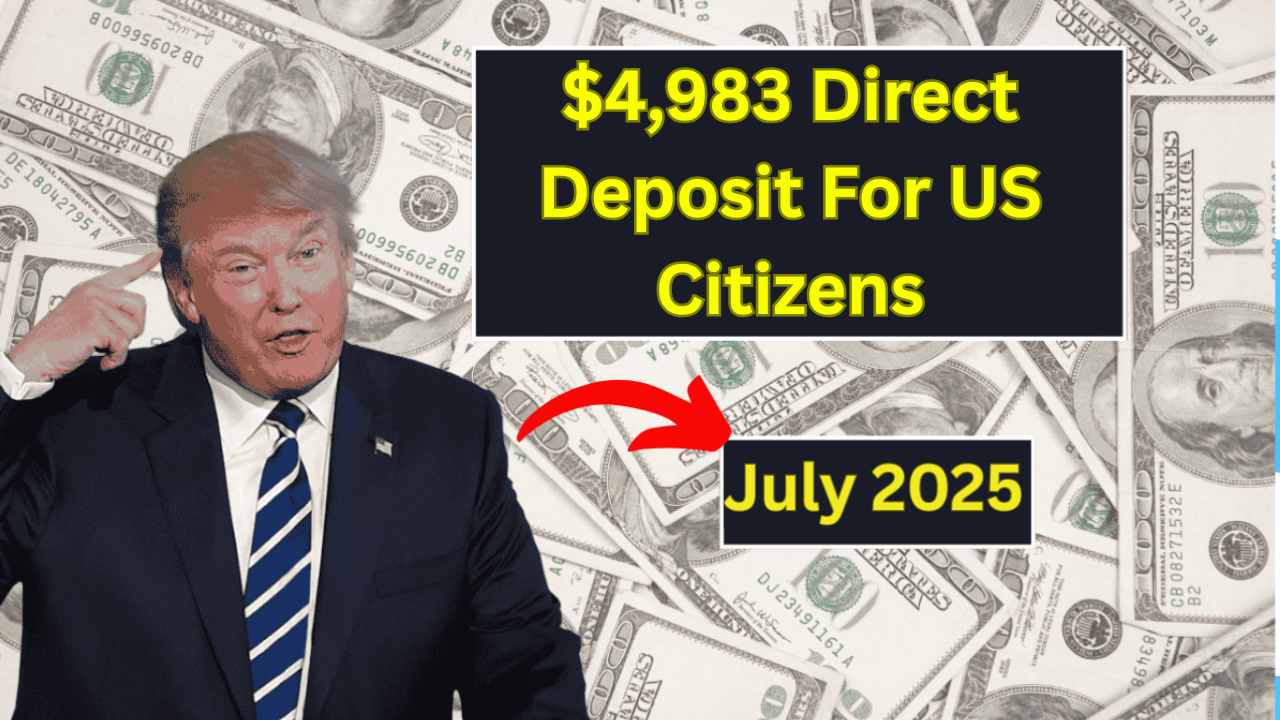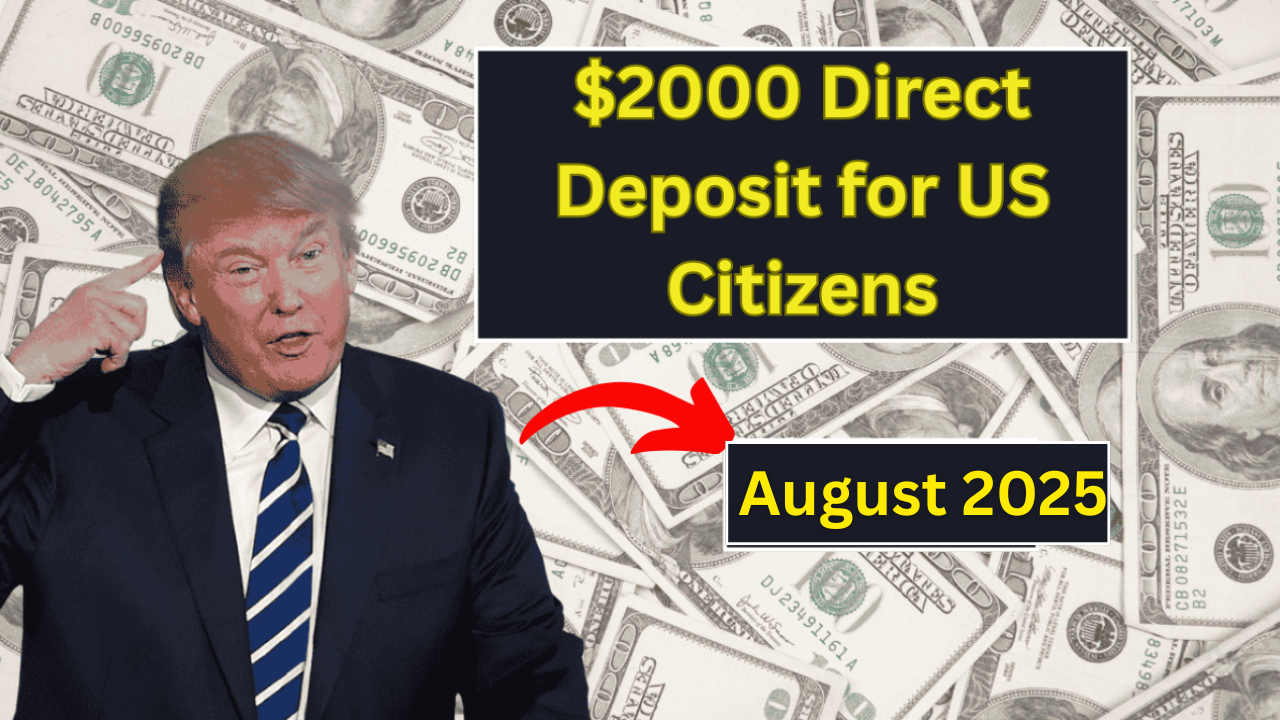A human look at how America’s seniors are adjusting to a paperless future
Goodbye to Social Security: For decades, millions of Americans have eagerly awaited their monthly Social Security check, faithfully delivered by the U.S. Postal Service. It wasn’t just a payment — it was security, routine, and a hard-earned reward for a lifetime of hard work.
But that era is coming to an end.
The Social Security Administration (SSA) has officially announced that it will transition from paper checks to entirely electronic payment methods. Though the change has been in the works for several years, the agency has now confirmed the final deadline — and many recipients are facing the change with a mix of anxiety, relief, and nostalgia.
When Will This Change Happen?
According to the SSA, all remaining recipients who still receive paper checks must switch to direct deposit or a Direct Express® Debit Mastercard by January 2026.
Although more than 98% of Social Security and Supplemental Security Income (SSI) recipients already receive payments electronically, a small – but significant – group of Americans still rely on physical checks.
These individuals, many of whom are elderly or live in rural areas, will be notified by direct mail with clear instructions on how to make this change. The SSA is working closely with local banks, credit unions, and senior service agencies to ensure no one is left behind.
Why This Change?
The SSA’s decision to eliminate paper checks is not a sudden one. It’s the result of a broader federal initiative to streamline government payments, increase efficiency, and reduce fraud and theft.
Here are some of the key reasons behind the move:
- Security: Paper checks can be stolen, lost, or counterfeited. Digital payments reduce these risks.
- Speed: Direct deposits arrive faster than checks sent by mail.
- Cost savings: The U.S. government spends millions printing and mailing checks annually. Going paperless saves taxpayers money.
- Reliability: Bad weather, mail delays, or errors can hamper paper delivery. Digital methods are consistent and reliable.
How Seniors Are Reacting
For some seniors, especially those who have been receiving checks for decades, this change is emotional.
“Ever since I turned 65, I’ve been getting my check in the mailbox. That’s what I’ve always wanted. It felt good to hold it, deposit it and know it’s there,” says Ellen Reynolds, 84, of Kansas.
Like many others, Ellen has anxiety about understanding new technology and banking systems. However, she recently attended a community workshop where volunteers helped her sign up for direct deposit at her local credit union.
“It wasn’t as scary as I thought,” she admits. “And now I don’t have to wait in line at the bank in the cold!”
Across the country, similar workshops and resources are being rolled out to make this transition as smooth as possible.
What are the options?
Recipients will have two main choices:
- Direct deposit to a bank or credit union
If you already have a bank account, this is the easiest option. You’ll provide SSA with your account and routing numbers, and payments will come directly into your account each month. - Direct Express® Debit Mastercard
For people who don’t have a traditional bank account, SSA offers this prepaid debit card option. Funds are loaded directly onto the card, which can be used for purchases, ATM withdrawals and bill payments — just like any debit card.
Frequently Asked Questions
Q: What if I don’t do anything?
If you don’t take action by the deadline, SSA may automatically enroll you in the Direct Express® Card Program to avoid any payment interruptions.
Q: Are there any fees for the Direct Express Card?
There is no enrollment fee and most everyday transactions are free. However, some services, such as ATM withdrawals above the free monthly limit, may incur small fees.
Q: What if I don’t have internet access?
You can call SSA directly or visit a local Social Security office for help setting up your preferred payment method.
Q: Can I change my method later?
Yes, you can update your payment preference at any time through your mySocialSecurity account or by calling SSA.
A Gentle Farewell, a Modern Step Forward
While this change marks the end of an era, it also opens the door to faster, safer and more reliable payments for retired and disabled Americans.
The SSA is taking careful steps to ensure that no one is left behind and that those who are less tech-savvy get the help they need.
For most Americans, Social Security benefits are a lifeline. With this change, the government aims to make that lifeline more secure and efficient – without losing the human touch that recipients rely on.
So check your mailbox once again – and embrace a new way to receive your earnings.



